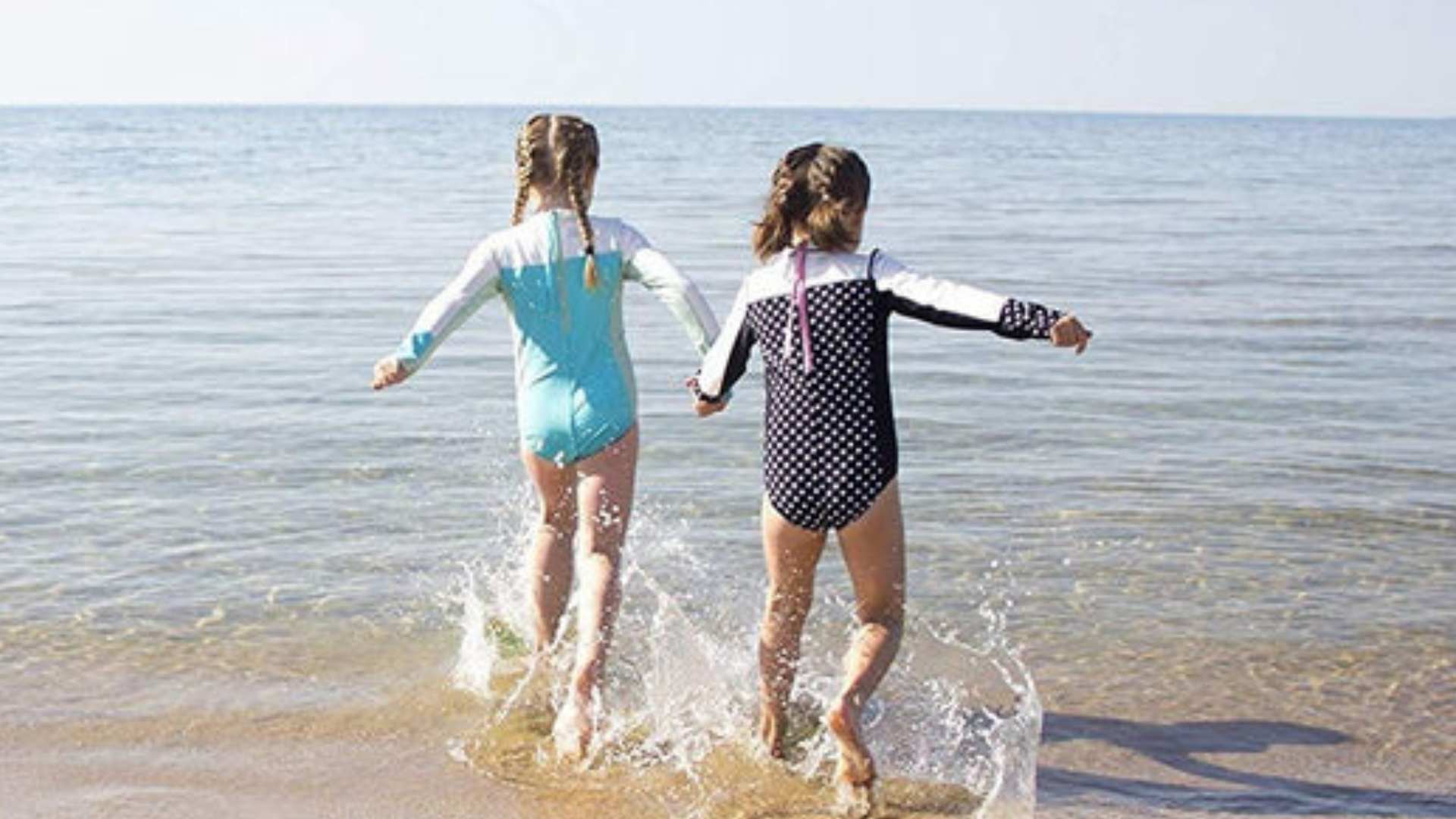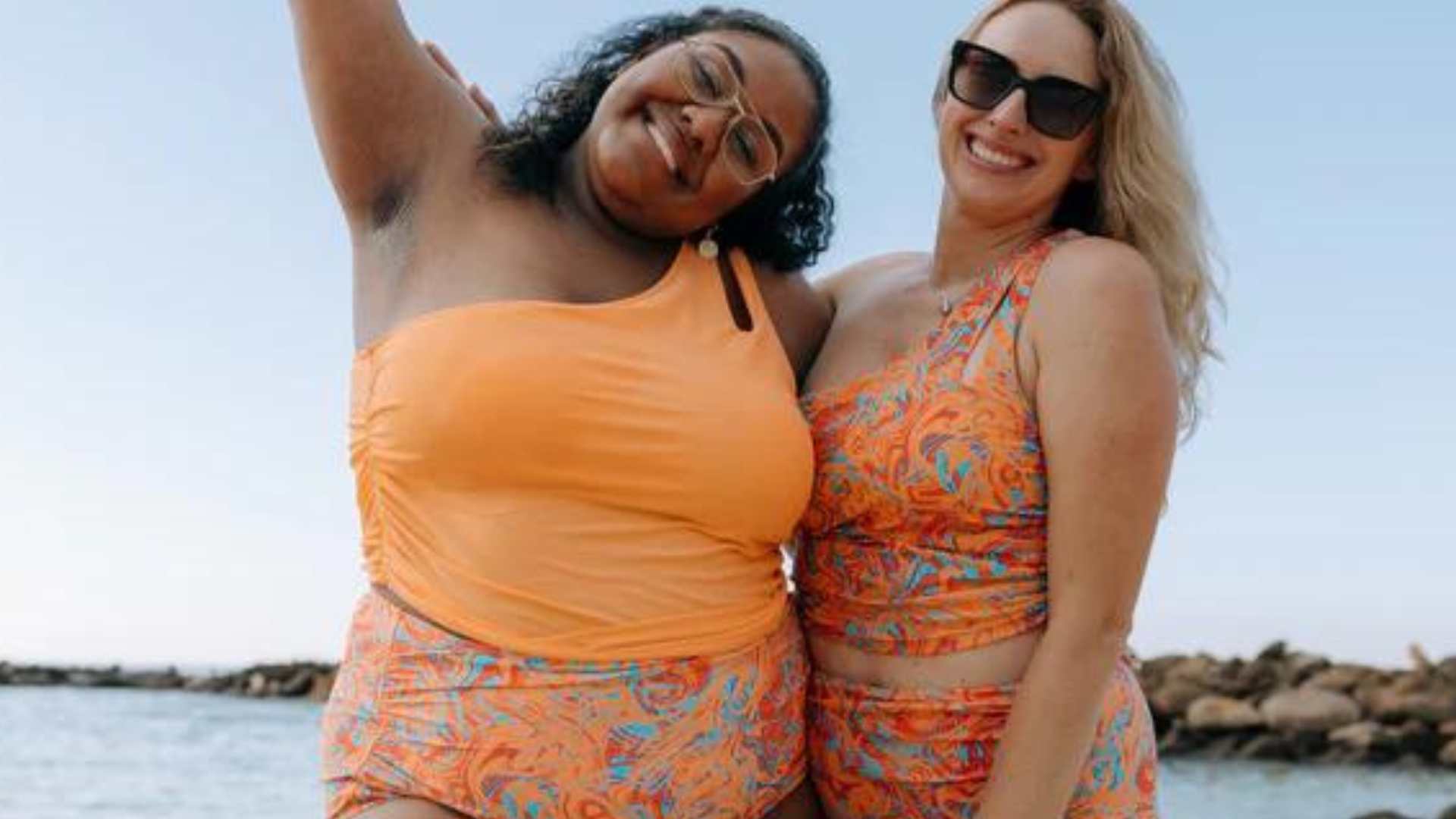
8 useful tips to protect your child from drowning
For children, water is a playground full of fun and adventure, but it can also be incredibly dangerous. According to the CDC, drowning is a leading cause of accidental death among children.
Quick links:
Understand the risks of drowning
We’ll explore important precautions, tips, and habits that can protect your child from drowning accidents, whether they’re in a pool, at the beach, or even in the backyard.
Understand the risks of drowning
Drowning is a silent danger that can happen in almost all bodies of water. It's not just about swimming pools or beaches—drowning can happen in streams, lakes, water parks, and even in household items such as toilets or bathtubs. According to a Healthdirect study, a child can drown in as little as two inches of water.
For infants under a year old, the bathtub is the most dangerous place, causing two-thirds of drowning incidents in this age group. A brief distraction during bath time can end in tragedy.
Drowning hazards aren't always obvious. A neighbor's fish pond or a decorative fountain can be as dangerous as a pool. Teach children to treat all water with caution. Explain that water can be as dangerous as traffic—they shouldn't approach water without grown-up supervision, just as they wouldn't cross a street alone. Education and experience are the best ways you can prepare your child for water interactions.
Tip 1: Teach your child to swim
According to Texas Swim Academy, involving children in swim lessons as early as age one is recommended. Early swimming lessons help children develop basic water skills and confidence. These lessons teach:
- Basic swimming techniques
- How to float and tread water
- How to safely enter and exit the pool
- What to do if they fall into water unexpectedly
Swimming lessons don't make a child "drown-proof." Even the strongest swimmers need constant supervision around water. Enroll your child in lessons taught by qualified instructors who emphasize water safety along with swimming techniques.
For older children and adults who haven't learned to swim, it's never too late to start. Many community centers and pools offer lessons for all ages and skill levels.
Tip 2: Always supervise
Adult supervision is the most important factor in preventing child drowning. Whenever children are in or near water, an adult should be actively watching.
You should:
- Practice touch supervision or stay within arm's reach of young children and weak swimmers.
- Learn basic water rescue skills to know how to react to dangerous situations
- Avoid distractions such as phones, books, or conversations.
- Designate a responsible adult as the "water watcher" during group activities.
- Maintain constant visual contact, even if lifeguards are present.
For older children or stronger swimmers, supervision can be from a distance, but adults should still be alert and able to respond quickly if needed.
Tip 3: Wear neon swimwear
Bright, high-visibility swimwear is a simple yet effective tool for child water safety. Neon colors stand out vividly against water, making it easier to spot your child quickly in pools, lakes, or at the beach.
Here's why neon swimwear is important:
- Enhances visibility: Neon colors are easily visible even in murky water or from a distance.
- Reduces response time: In an emergency, every second counts. Bright colors help you locate your child faster.
- Works in different conditions: Neon is effective in bright sunlight and low-light situations.
- Adds an extra layer of protection: Combined with direct supervision and swimming skills, it improves overall water safety.
Neon swimwear isn't just functional—it's also fun and stylish. Many children enjoy wearing bright, eye-catching colors, so safety can be an exciting part of their swim attire.
When choosing neon swimwear, look for:
- Bright colors such as neon yellow, orange, or pink
- UV-protective fabric for sun safety
- Comfortable, well-fitting designs that won't impede swimming
SwimZip's neon collection offers a range of high-visibility options designed with both safety and style in mind. From vibrant rash guards to eye-catching swim shorts, these pieces combine UPF 50+ sun protection with the safety benefits of neon colors.
Tip 4: Wear a life jacket
Young children should wear a life jacket, especially in lakes, rivers, and oceans. Life jackets maintain buoyancy and can prevent drowning—even if a child falls into the water unexpectedly.
Here is what you should know about life jackets:
- Choose the right size: A properly fitting life jacket should be snug but comfortable. It shouldn't ride up over the child's chin or ears when lifted at the shoulders.
- Use Coast Guard-approved jackets: Look for life jackets that meet U.S. Coast Guard standards for safety and buoyancy.
- Wear them consistently: Children should wear life jackets whenever they're on boats, near open bodies of water, or participating in water sports.
- Teach proper use: Show children how to put on and secure their life jackets correctly.
Tip 5: Learn CPR
Cardiopulmonary Resuscitation (CPR) is a skill that can save lives in water emergencies. Knowing CPR can make the difference between life and death while waiting for professional medical help to arrive.
Here is why you should learn CPR:
- Immediate CPR can double or triple a drowning victim's chances of survival.
- CPR maintains blood flow to the brain, reducing the risk of permanent damage.
- In an emergency, you might be the only person available to help.
CPR training is widely available through organizations such as the American Red Cross, the American Heart Association, and local community centers. Many courses now offer a combination of online learning and in-person practice sessions.
Tip 6: Secure your home pool
A properly secured home pool prevents unsupervised access and potential drowning incidents. Multiple layers of protection around your pool reduce risks.
Here are some tips to follow:
- Install a four-sided pool fence at least four feet high with a self-closing and self-latching gate.
- Use safety covers that support weight when the pool isn't in use.
- Put door alarms on all entrances to the pool area.
- Add pool alarms with motion sensors for extra security.
- Store pool toys and equipment away from the water.
- Keep a clear view of the pool from your house.
- Check local laws to meet all pool safety requirements.
- Regularly inspect and maintain all safety features.
- Teach children pool rules and the need for adult supervision.
Tip 7: Learn the risks of natural waters
Natural waters such as oceans, lakes, and rivers are more challenging for swimming than swimming pools. Understand these risks to keep your kids safe during outdoor water activities.
Oceans have strong currents and waves that can quickly pull swimmers away from shore. Rip currents are particularly dangerous, even for strong swimmers. Learn to spot rip currents and how to escape them by swimming parallel to the shore.
Lakes may have sudden drop-offs or hidden obstacles under the water. Cold water temperatures can also cause shock and rapid fatigue. Always check the water depth before diving and wear a life jacket when boating on lakes.
Rivers have currents that can vary in strength and direction. Even calm-looking rivers can have strong undertows. Be extra cautious around waterfalls and rapids. Avoid swimming in rivers after heavy rain when currents are strongest.
Some other risks you should know about in open waters are:
- Changing weather conditions
- Limited visibility in murky water
- Underwater plants that can entangle swimmers
- Wildlife such as jellyfish or sharp rocks
Tip 8: Use the buddy system
Always swim with a buddy. A swim partner watches out for you in the water. This keeps both of you safer. The same rule applies to children. Kids should swim with an adult or a stronger swimmer who can help if needed.
Here is how the buddy system works:
- Swimmers choose a partner before entering the water
- Buddies swim close to each other
- Each person watches their buddy for trouble
- Buddies call for help if their partner needs it
Note: the buddy system doesn't replace adult supervision for children. It's one more way to stay safe in the water.
Child drowning protection FAQ
What age is most at risk of drowning?
Children under the age of four have the highest drowning rates. For this age group, drowning is the leading cause of injury-related death. Toddlers are curious, mobile, and lack awareness of water dangers, which puts them at high risk.
What are the three main risk factors associated with drowning?
The three main risk factors for drowning are:
- Lack of swimming ability.
- Absence of barriers around water.
- Lack of close supervision.
Other factors include alcohol use, seizure disorders, and not wearing life jackets on boats or during water activities.
Is drowning more common in boys or girls?
Drowning is more common in boys than girls. Males of all ages face higher drowning risk. National Drowning Prevention Alliance statistics show nearly 80% of drowning victims are male. This gender disparity is often attributed to higher risk-taking behavior and increased exposure to water activities among males.
How common is delayed drowning?
Delayed drowning, also known as dry drowning or secondary drowning, is rare. It occurs when a small amount of water is inhaled into the lungs, causing inflammation or swelling that can lead to breathing problems hours later. Symptoms typically appear within 24 hours of water exposure. Monitor children after a near-drowning experience for any breathing difficulties.
What are the dangers of water wings and other inflatable flotation devices?
Water wings and inflatable toys aren't safe substitutes for life jackets. They can deflate or slip off, giving a false sense of security. Proper flotation devices approved by the U.S. Coast Guard are essential for water safety, especially in natural bodies of water.
How can I reduce drowning risk during non-swim times?
Prevent access to water during non-swim times. Secure private pools with fences and self-locking gates. Empty kiddie pools after use. Keep bathroom doors closed and toilet lids down for young children. These steps reduce unintentional drowning risks.
Further reading
What’s the difference between SPF 30 and 50 sunscreen?
How can I get rid of sunspots?
What is the difference between sun poisoning and sunburn?
What’s the difference between UPF and SPF?
How long can I tan in the sun?
Resources
The Latest Drowning Statistics. (2024, June). National Drowning Prevention Alliance. https://ndpa.org/parenttoolkit/BlogsParentToolkit/BLOG-The%20Latest%20Drowning%20Statistics-NDPA.pdf
Carolina Burnay. (2022, April 11). Infant Drowning Prevention: Insights from a New Ecological Psychology Approach. NCBI. Retrieved September 16, 2024, from https://www.ncbi.nlm.nih.gov/pmc/articles/PMC9029552/
New AAP Guidelines Recommend Swim Lessons for Infants & Toddlers | Katy Swim School. (2023). Texas Swim Academy. Retrieved September 16, 2024, from https://texasswimacademy.com/new-aap-guidelines-recommend-swim-lessons-for-infants-toddlers/
Preventing Drowning | Drowning Prevention. (2024, May 16). CDC. Retrieved September 16, 2024, from https://www.cdc.gov/drowning/prevention/index.html
Water safety for babies and children | healthdirect. (n.d.). Healthdirect. Retrieved September 16, 2024, from https://www.healthdirect.gov.au/water-safety-for-babies




Leave a comment
This site is protected by hCaptcha and the hCaptcha Privacy Policy and Terms of Service apply.